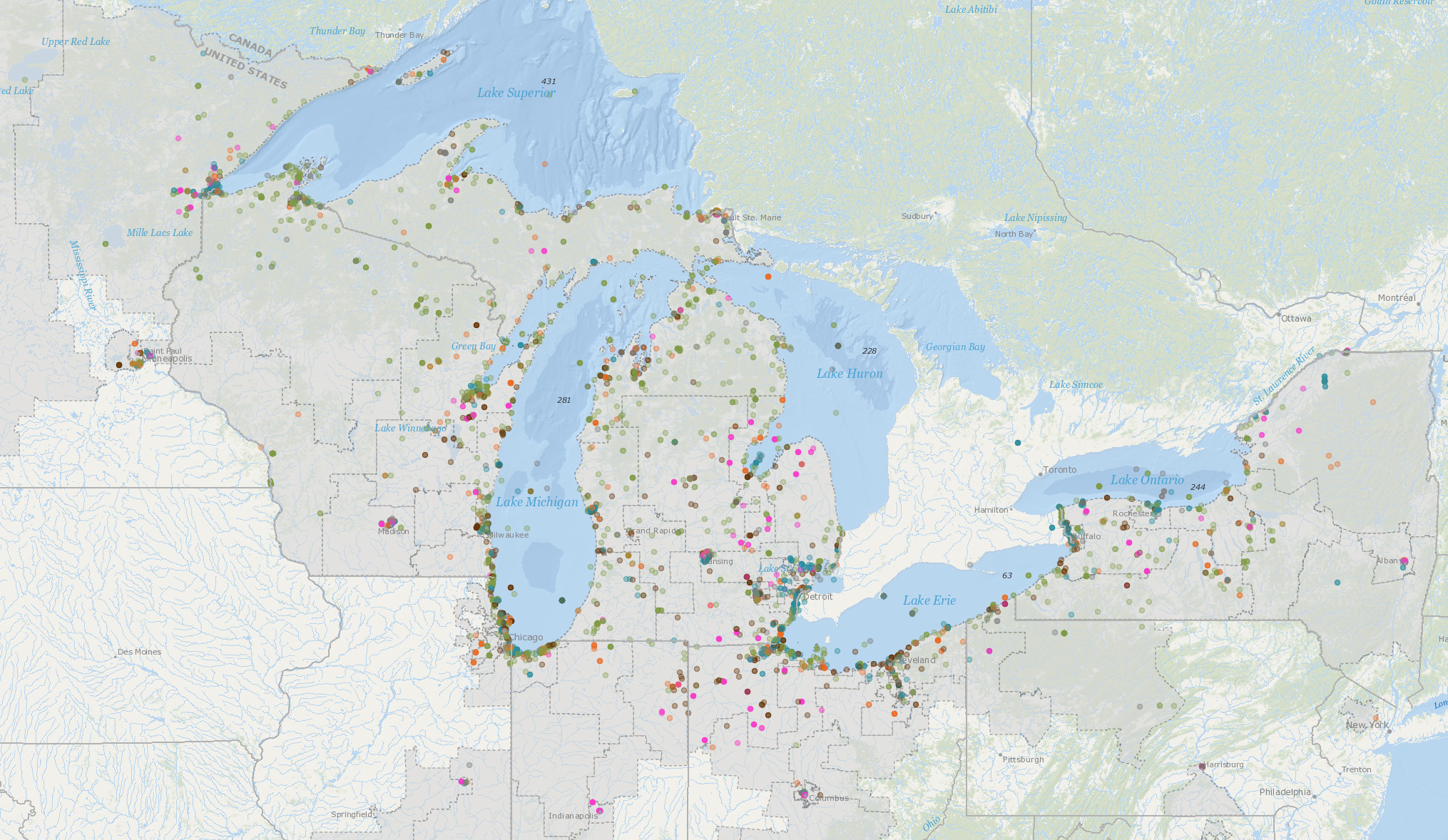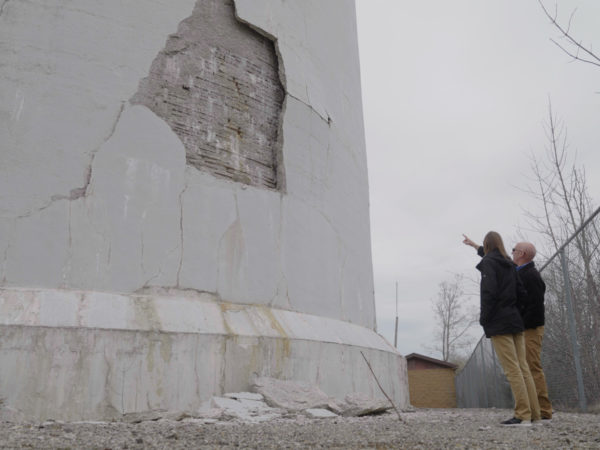
Images related to Great Lakes Restoration Initiative projects are powerful and well-known: jumping Asian carp, overflowing sewage and pollution flowing into waterways and lakes, invasive mussels clogging water infrastructure and blanketing shipwrecks.
But with its hundreds of millions of federal dollars, the initiative is helping to prevent non-native species from invading, support clean up, restore habitat and more.
“Over about five to six years, there was a great deal of effort to convince Washington (lawmakers) that the Great Lakes are a national treasure,” said Cameron Davis, vice president at GEI Consultants, who coordinated a Great Lakes interagency task force of 11 federal departments.
Davis talked to Great Lakes Now for Episode 1021 of the monthly show.
“Rebuilding habitat is a priority and also working to help educate the public, and make sure that climate change does not undo the important work that’s being done right now to restore the Great Lakes,” Davis said.
Watch it here:
API key not valid. Please pass a valid API key.Originally funded under President Barack Obama at $475 million, the budget was reduced to $300 million in 2011. President Donald Trump in 2019 proposed a cut that would have reduced funding for the GLRI to $30 million.
That same year, U.S. Sens. Debbie Stabenow, Gary Peters and Rob Portman announced legislation that would increase funding by $25 million a year until it reached $475 million, which was later passed by the House and Senate.
Related stories:
House Renewal: A bipartisan-sponsored bill increasing Great Lakes funding passed the U.S. House
Sens. Stabenow, Peters push for new Great Lakes restoration legislation and increase in funding
Trump vs. Great Lakes: Strategic Battle of Give and Take
New Trump budget again proposes drastic cuts for the U.S. EPA, Great Lakes
Since its inception, the GLRI has invested more than $2.7 billion in more than 5,400 projects across all eight Great Lakes states.
GLRI projects address five main areas:
- the cleanup of toxic chemicals;
- keeping Asian carp and other invasive species out of the lakes;
- reducing the causes and extent of harmful algal blooms;
- protecting and restoring habitat for fish, birds and wildlife;
- and continuing Great Lakes education and outreach efforts.
Great Lakes Now has covered a number of GLRI-funded projects
In Milwaukee, 7 miles of concrete were poured into the Kinnickinnic River riverbed in the 1960s and is now being torn out to return the river to a more natural state.
READ: River Restoration: $390 million project offers new future for beleaguered Kinnickinnic
WATCH: Kinnickinnic River Restoration
API key not valid. Please pass a valid API key.Lake Superior’s Buffalo Reef, just off Michigan’s Upper Peninsula, is being dredged of stamp sands. Stamp sands are copper mining waste rock, and its presence in the reef threatens trout and whitefish spawning areas.
READ: EPA gives $3.7M to protect endangered Lake Superior’s Buffalo Reef
WATCH: Buffalo Reef Restoration
API key not valid. Please pass a valid API key.In Michigan as well, in Grand Traverse County, three dams are being removed from the Boardman River and one more modified, with funding from the GLRI.
READ: Dams Across the Great Lakes: End of the line for aging infrastructure?
WATCH: Damming Decisions
API key not valid. Please pass a valid API key.The current iteration of the GLRI is Action Plan III, which covers fiscal years 2020 through 2024.
“It’s been shown through a number of economic studies, for every dollar you invest in restoration, large-scale ecosystem restoration, there’s a return on that investment of somewhere between 3-to-1 to 6-to-1,” said Alan Steinman, director of GVSU’s Robert B. Annis Water Resources Institute. “And so it makes good economic sense to restore these systems beyond just the spiritual and recreational and human health aspects associated with this.”
Steinman also is a member of the Great Lakes Advisory Board, which provides advice and recommendations to the U.S. EPA on GLRI projects.
A map of all Great Lakes Restoration Initiative projects is available online. A list of projects funded by Canada’s equivalent Great Lakes Protection Initiative also is available online.
Read more stories on GLRI restoration projects on Great Lakes Now:
Agriculture and Algae: Is the GLRI making a difference?
In Perpetuity: Toxic Great Lakes sites will require attention for generations to come
Great Lakes Moment: Cleanup of contaminated river sediment begins at old Uniroyal site
Restoring Howards Bay: Legacy lead and other contaminants are targets of dredging and capping
Featured image: U.S. EPA graphic of GLRI projects




